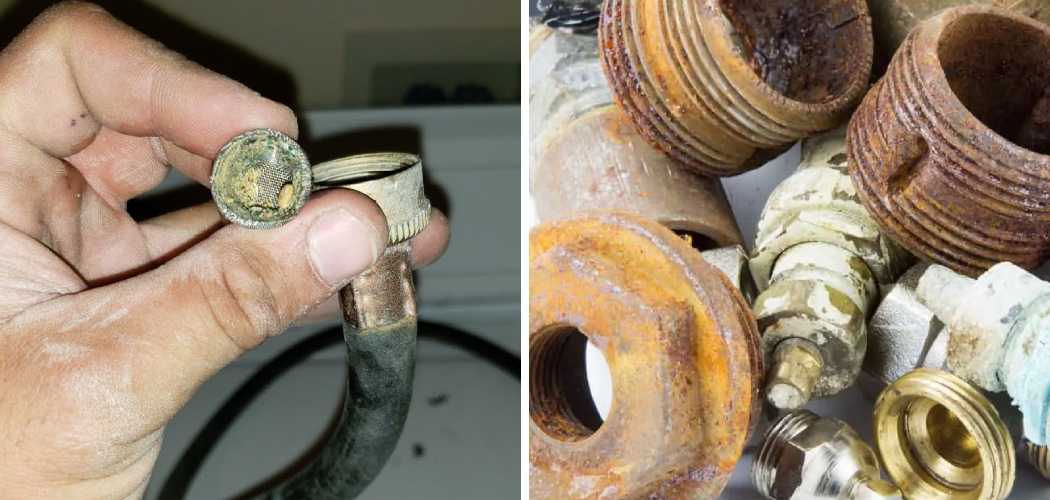Do you have a washing machine hose that has been on so long it won’t come off, no matter how much you pull, twist, and turn? Are you worried about using too much force in case you break the pipe or cause more damage?
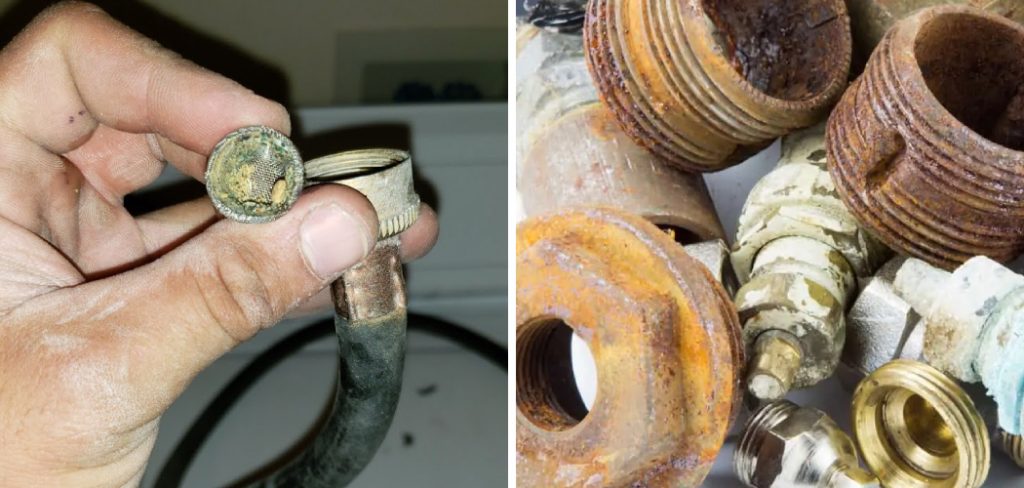
If your plumbing fixture is struggling to keep up with everyday use and is now rusted on securely, don’t panic — here are some friendly tips on how to remove washer hose that is rusted on. Read on to learn some creative tips from an experienced plumber who will help you quickly refresh this vital part of your appliance.
What Can Dissolve Calcification?
If your washing machine hose is stuck due to calcification buildup that has occurred over time, some common household items can help the removal process. Try one of the following hacks to free up a rusted-on washer hose:
White Vinegar –
This acidic liquid can work wonders on stubborn mineral deposits. Fill a spray bottle and liberally cover the washer hose. Allow it to sit for an hour or two, and then try to unscrew the connection.
Citrus-based Cleaner –
These cleaners are made from natural compounds found in citrus fruits such as lemons, limes, or oranges that can help break down calcium deposits. Apply a liberal amount of the cleaner to the connection and let it sit for 15-20 minutes before attempting to unscrew it.
Baking Soda –
Bicarbonate of soda is a great all-purpose cleaning agent as well as an effective rust remover. Make a paste by adding water to the baking soda, then apply it directly to the washer hose with a brush. Let it sit for an hour or two before attempting to unscrew it.
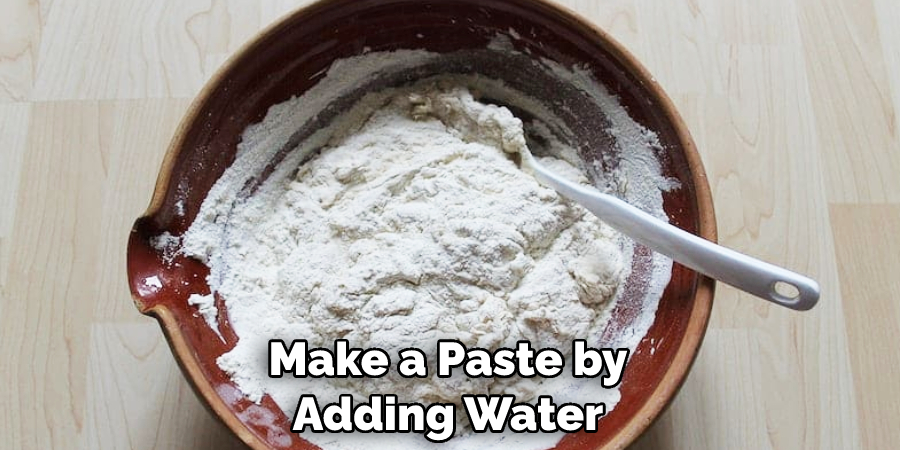
10 Methods How to Remove Washer Hose that Is Rusted on
1. Use a Pair of Pliers to Grip the Washer Hose.
If the washer hose is rusted on tightly, a pair of pliers can help you get a better grip. Place the jaws of the pliers around the hose and turn it counterclockwise until it begins to loosen. Be sure to use an even force when turning so as not to damage the pipe or cause further corrosion.
If the pipe is extremely difficult to loosen, then use a penetrating oil such as WD-40 to help loosen the grip. Once it has loosened, you can remove the hose from the faucet or valve.
2. Spray Penetrating Oil on The Washer Hose Before Unscrewing It.
A penetrating oil such as WD-40 can help lubricate the connection between the washer hose and its fitting, making it easier for them to come apart when unscrewed. Spray some of this oil onto both surfaces before attempting to remove them, and wait a few minutes for it to work its magic.
This will ensure that you don’t have to put too much physical effort into unscrewing the hose. It’s a good idea to also wear protective gloves when attempting to remove the hose, as it can be difficult to grip onto slippery surfaces. If the fitting is still stuck after applying the oil, you can try gently tapping it with a mallet or hammer to help loosen it up.
3. Wrap a Towel or Cloth Around The Washer Hose Before Unscrewing It.
This method is useful if you don’t have any lubricants, such as WD-40, lying around. Take a small piece of cloth or towel and wrap it around the washer hose before unscrewing it. This can help provide extra leverage and grip so that you don’t have to apply too much force when attempting to remove it from its fitting.
Additionally, it can also help to absorb some of the water that may be present in the hose and prevent any potential messes. Be sure to double-check that you have a tight grip on the cloth before attempting to unscrew the hose. If done correctly, this method can help make removing a washer hose a much easier and cleaner process.
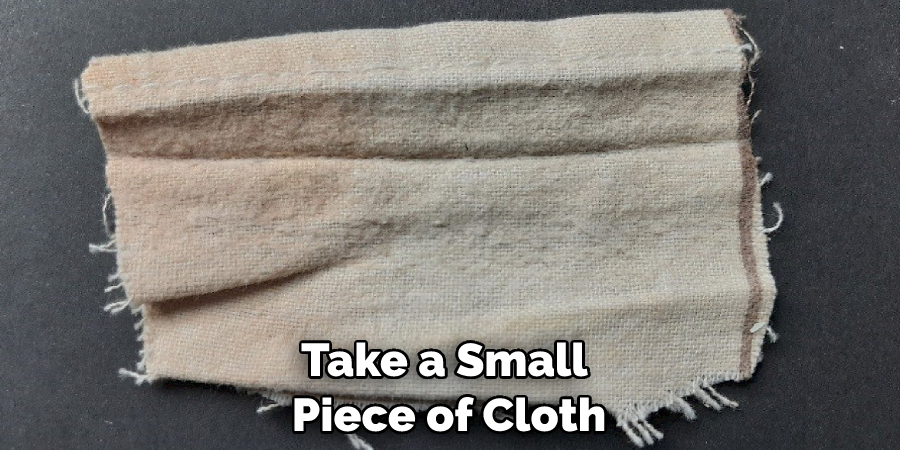
4. Use Heat to Loosen Up Stuck Washer Hoses.
Heat is an effective way to loosen up stuck connections, but be sure to use a safe heat source such as hot water, a hair dryer, or a heat gun. Just make sure the heat won’t damage your pipes by keeping them away from plastic parts and electrical components.
Apply the heat for a few minutes, and then try to loosen the connection again. If it still doesn’t budge, add a little more heat. You may need to repeat this process several times before the connection becomes loose enough for you to remove it.
5. Use a Hammer and Chisel to Break Up Stuck Washer Hoses.
If all else fails, you can try using a hammer and chisel to break up the rusted-on connection between the washer hose and its fitting. Place the chisel at one end of the washer hose and use light taps with the hammer to gradually work it off until it comes loose. Remember to wear eye protection when using this method, as pieces of metal may fly off during removal.
6. Apply Rust Remover Gel To The Connection Between The Washer Hose And Its Fitting.
If you don’t have any heated tools or lubricants lying around, rust remover gel can also help with rusted-on connections. Apply a liberal amount of the gel to the connection and let it sit for 10-15 minutes before attempting to unscrew it.
7. Call a Professional Plumber To Remove The Rusted On Washer Hose.
If all else fails, your best bet is probably to contact a professional plumber who will be able to quickly remove the washer hose that is rusted on without damaging your appliance in the process. He/she may even be able to replace it if needed. Depending on the complexity of the job, it may cost you a bit more money to call in a professional, but in the end, it is usually worth it to get the job done right.
This way, you can avoid any potential problems down the line with your appliance and be sure that everything is properly connected and functioning correctly.

8. Try Using a Hand-Held Power Drill To Remove the Washer Hose.
If you’re feeling brave and want to try something more drastic, then using a hand-held power drill may be worth attempting. Start drilling at one end of the hose, gradually moving closer to its fitting until it comes loose. Be sure to use protective gear when doing this, as metal shavings can go flying during removal.
9. Apply Vinegar To The Connection Between The Washer Hose And Its Fitting.
Vinegar is another natural compound that can help loosen up rusted connections and make them easier to unscrew without applying too much force. Simply apply some vinegar directly onto the connection between the washer hose and its fitting and let it sit for a few minutes before attempting to remove them.
Vinegar is a mild acid and safe to use on any kind of metal. Once you’ve given it enough time, try loosening up the connection and see if it’s easier to unscrew. If not, you can apply some more vinegar and wait a bit longer.
10. Use a Flexible Wrench To Loosen Stuck Washer Hoses.
A flexible wrench can also be used to loosen stuck washer hoses without the need for lubricants or other tools. Simply attach the flexible wrench to the fitting and twist until it begins to loosen. Be sure to use an even force when turning so as not to damage the pipe or cause further corrosion.
Things to Consider When Removing Washer Hose that Is Rusted on
1. Shut Off the Water Supply:
Before beginning any work, it’s important to shut off the water supply thoroughly. This will help prevent any potential flooding or water damage.
2. Remove the Clip:
Next, use a flathead screwdriver to remove the clip that holds the rusted washer hose onto the connector. It may be necessary to apply some pressure in order to get it off.
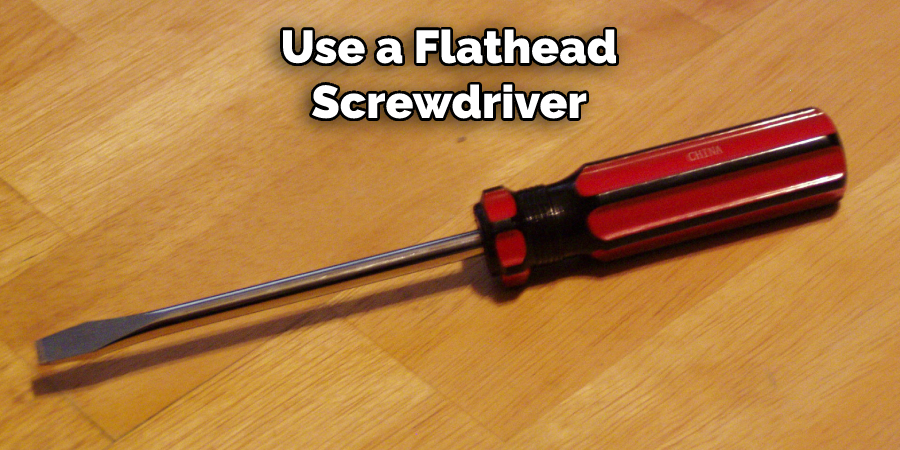
3. Cut Through the Hose If Needed:
If the hose is too tightly fitted, using a hacksaw or utility knife may be necessary in order to cut through and remove it from its connection point. Be sure to wear protective goggles while doing so, as metal filings could fly up into your eyes during this process.
4. Clean Up Any Remaining Rust:
Once you have successfully removed the rusted washer hose from its connection point, use a wire brush to clean up any remaining rust. This will help ensure that the new hose is properly affixed and won’t come loose over time.
Conclusion
If your washing machine hose is rusted on, don’t despair. With a little time and effort, you should be able to remove it without too much trouble. With these easy steps on how to remove washer hose that is rusted on, you should be able to remove a rusted hose without too much trouble. If the problem persists or is too difficult for you to handle on your own, call a professional. They will be able to help you out and make sure that the job is done correctly.

